This past week I looked for various existing repositories/resources that were are discussed in reasearch papers regarding the design of auxetic structures. I took a particular emphasis on using the resources discussed in the paper Bistable Auxetic Surface Structures.
The design of auxetics discussed in this paper used [Rhino 7] (https://www.rhino3d.com/download/), a software that allows the user to create, edit, analyze, render, animate: solids, surfaces, polygon meshes and lots more. The software is costly but has a 90-day free trial which can continue to be used even after the 90-day trial but you will no longer be able to save any designs that you create. This particular software was of interest because it allows for the visualization of Auxetics in 3D space with different view points. Any created designs can be exported as .dxf files which can be used with the laser cutter to create a physical model.
Since I had never used Rhino 7 before, I watched tutorials that explained the basics of Rhino 7 as well as some features that might be relevant in computational analysis of auxetics such as: curvature analysis, FEA analysis, etc.
The grasshopper plugin discussed in the paper contains the two cell types discussed in the paper: aux_cell and bass_cell which can be used to construct an auxetic structure. Upon initial donwload of the plug in there was lots of debugging that needed to be done in python, nonetheless paramaters and their effect on output was tested.
For aux_cell the tunable parameters are tesselation repetions both x and y directions as well as the degree of rotation for hinges. The following GIF is a 3x5 tesselation using the aux_cell.
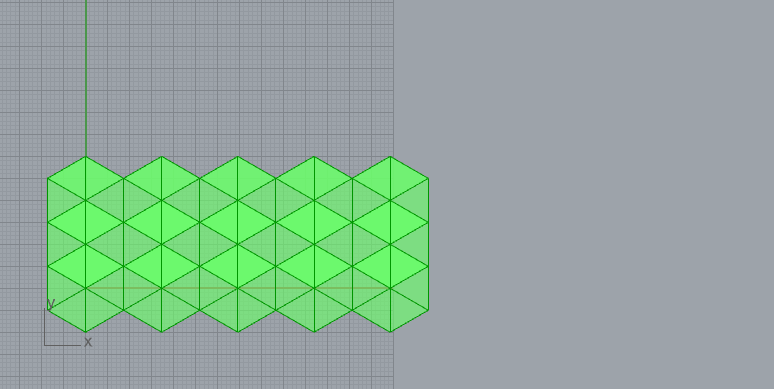
For bass_cell the tunable parameters are tesselation repetions both x and y directions, phi, s, and t.
The following GIF is a 3x4 tesselation using the bass_cell as parameter t, triangle width, was varied from 0 to 3.
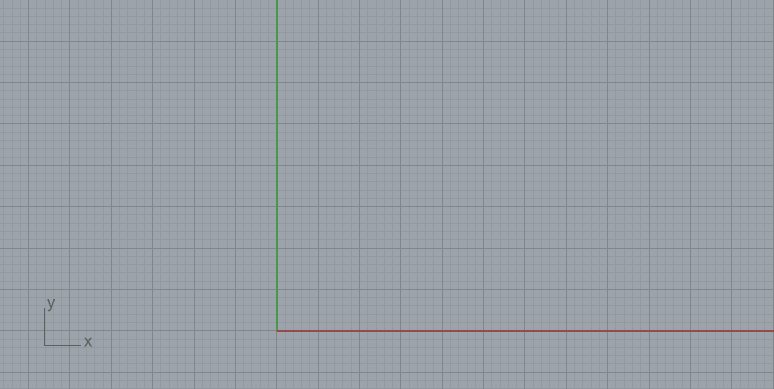
The following GIF is a 3x4 tesselation using the bass_cell as parameter s, cut line width, was varied from 0 to 1.
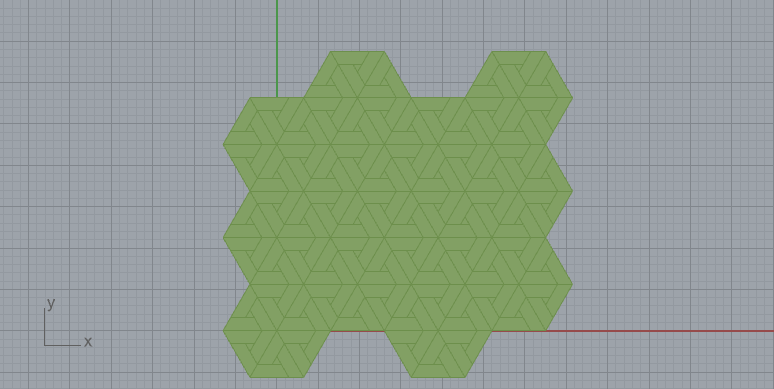
The following GIF is a 3x4 tesselation using the bass_cell as parameter phi, opening angle, was varied from 0 to pi.
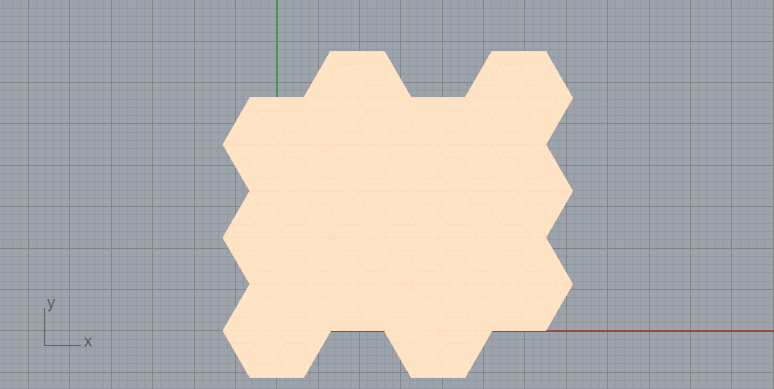
The 2D to 3D deployable auxetic code was very buggy, nonetheless I was able to use a given input of a half sphere to create a 2D mesh that could then be deployed into a 3D curved surface of a half sphere.
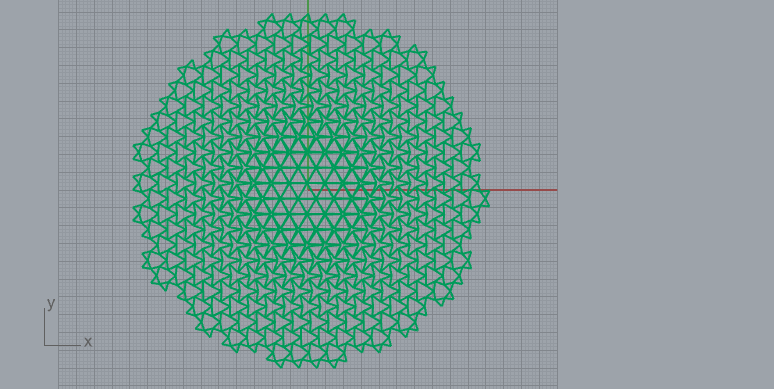
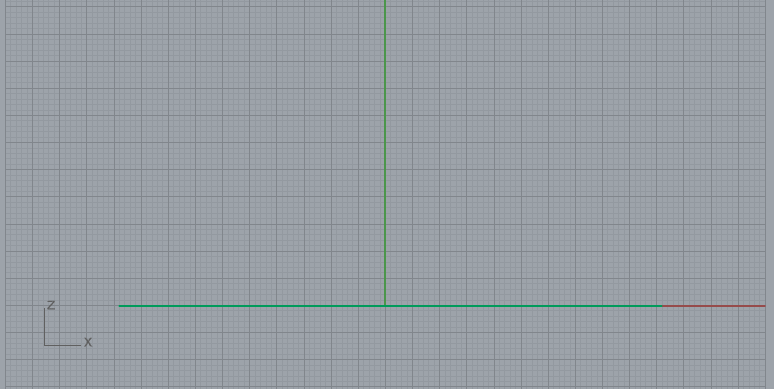
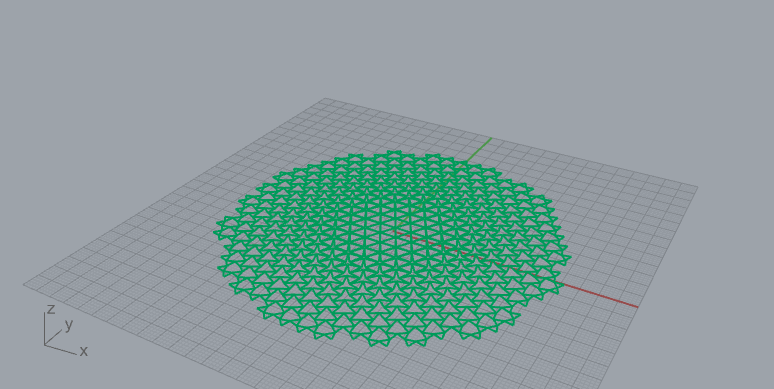
Some of the advantages of using Rhino 7 for auxetic design is that the 3D rending and viewing is beneficial to getting a visual understanding of auxetics and how a structure might behave once designed. I have not had the chance to create an auxetic designed in rhino yet, but will hope to do so to compare how the behaviour in the software differs from a real-life physical design.